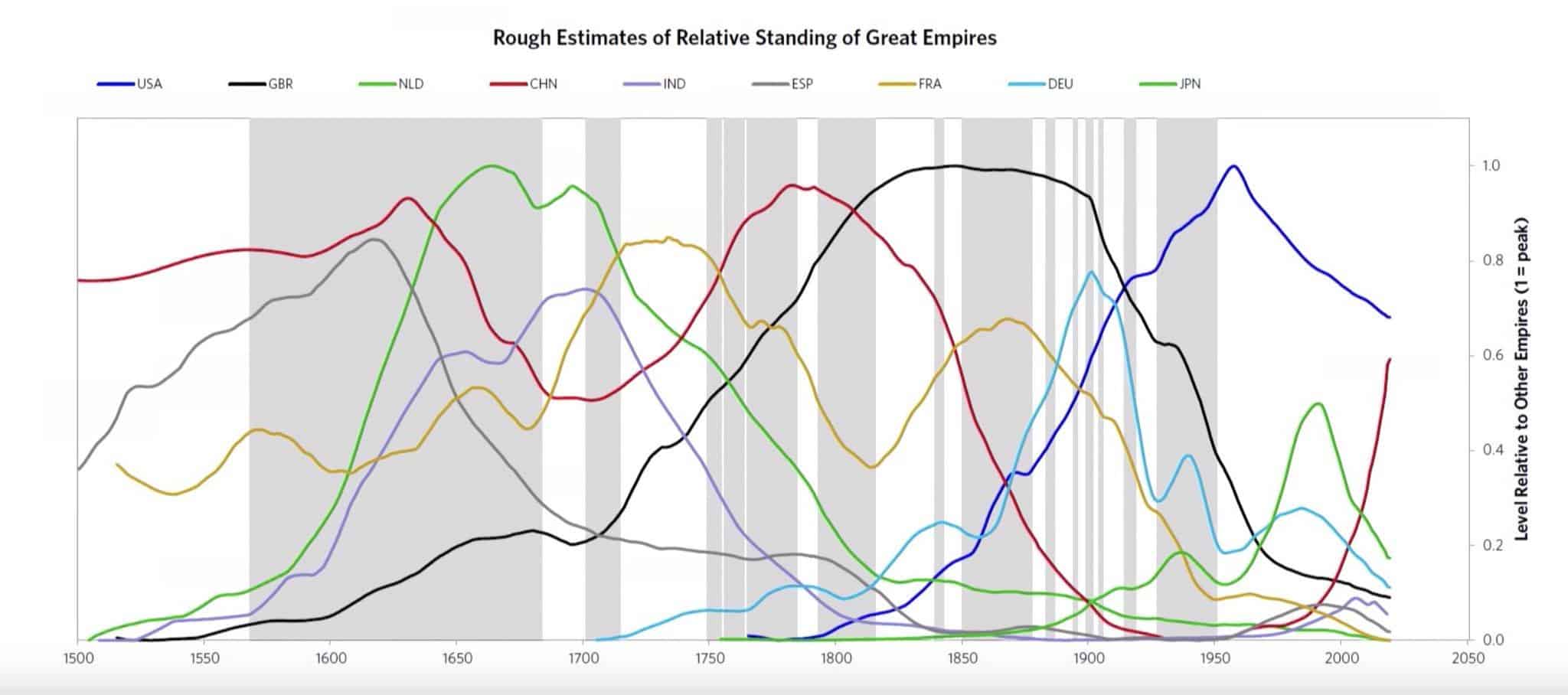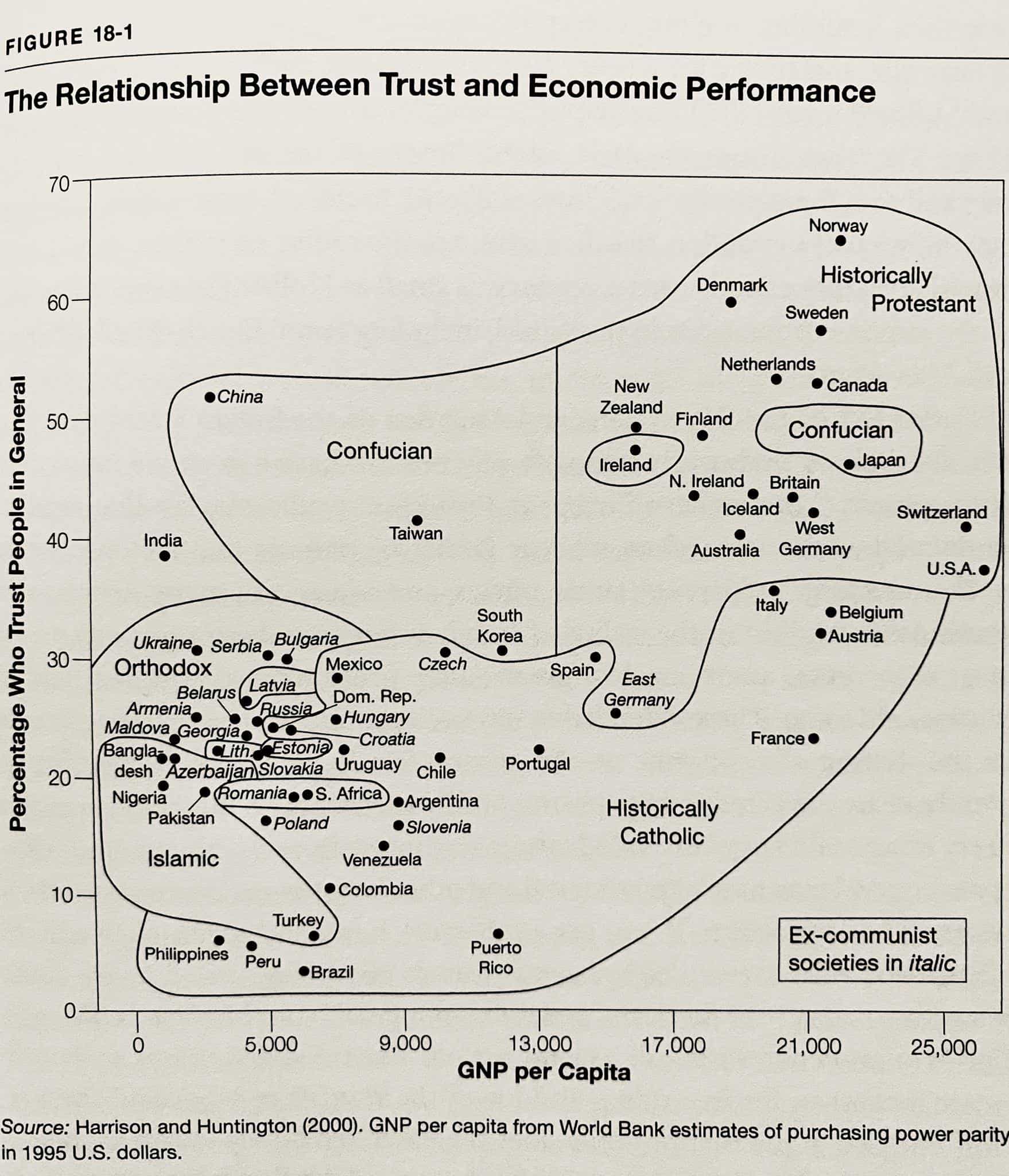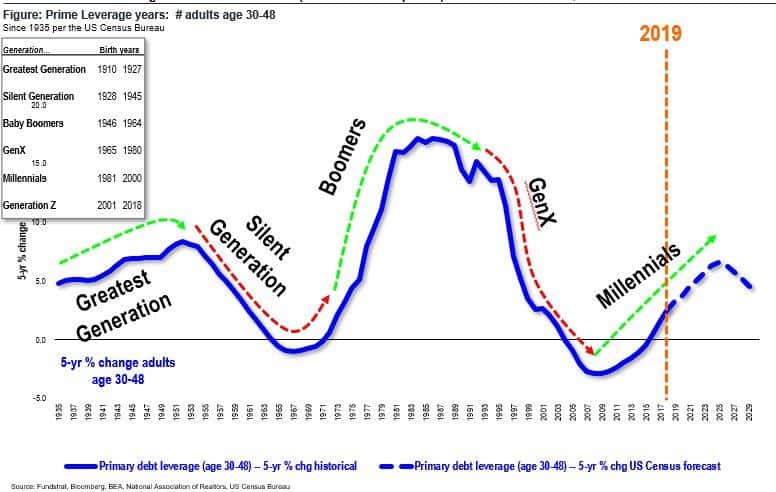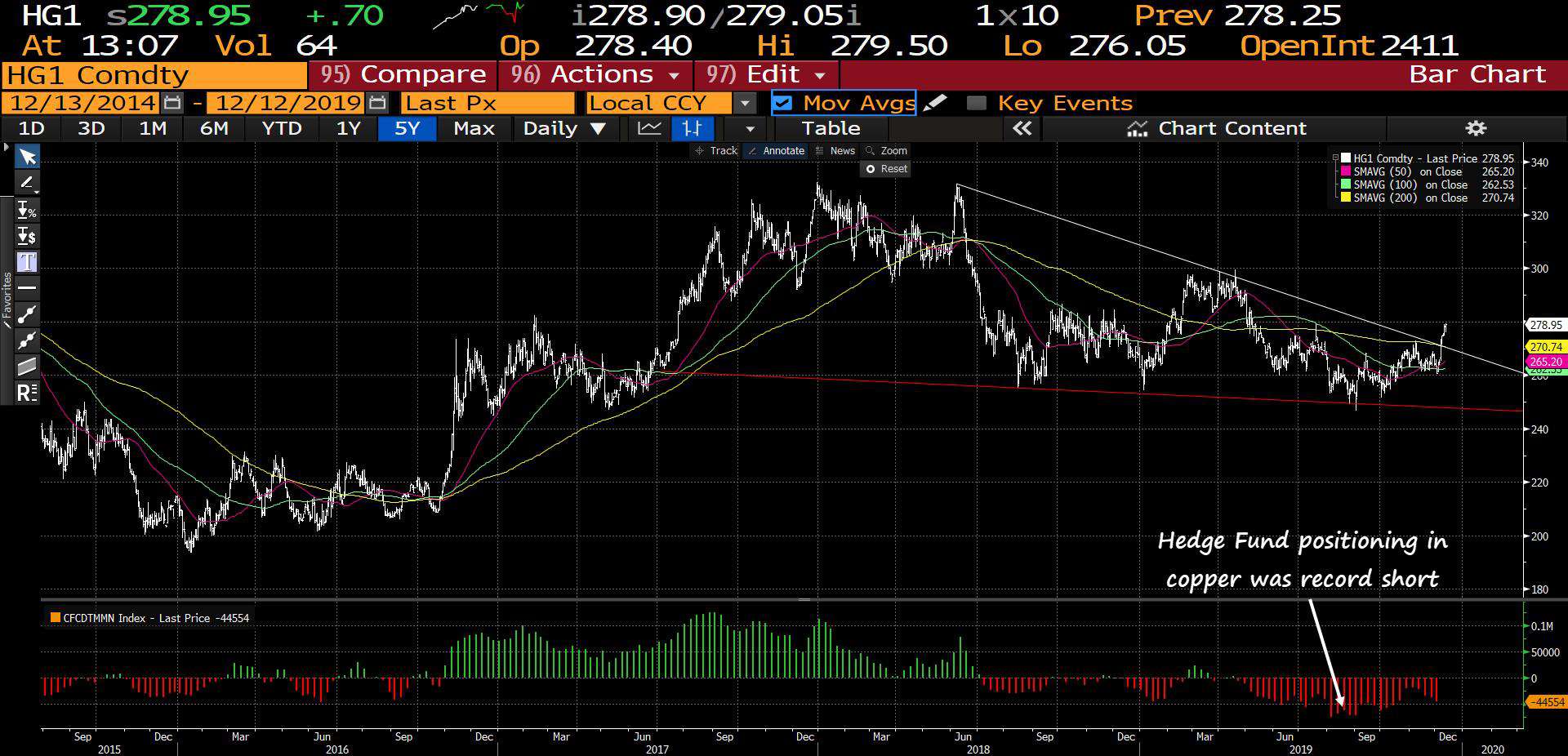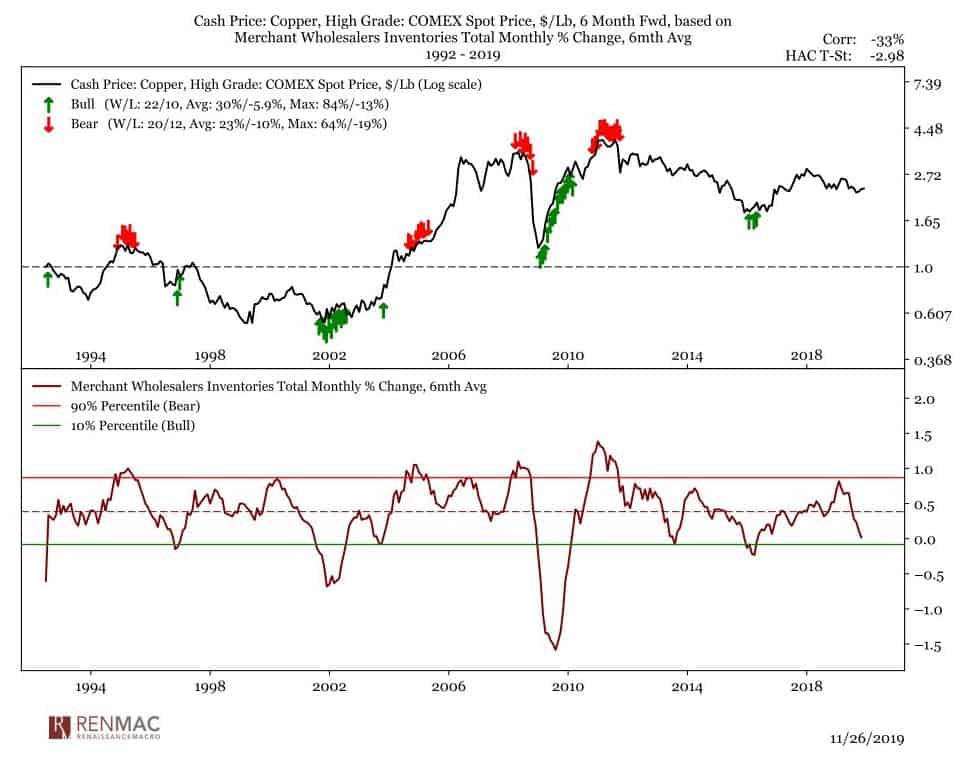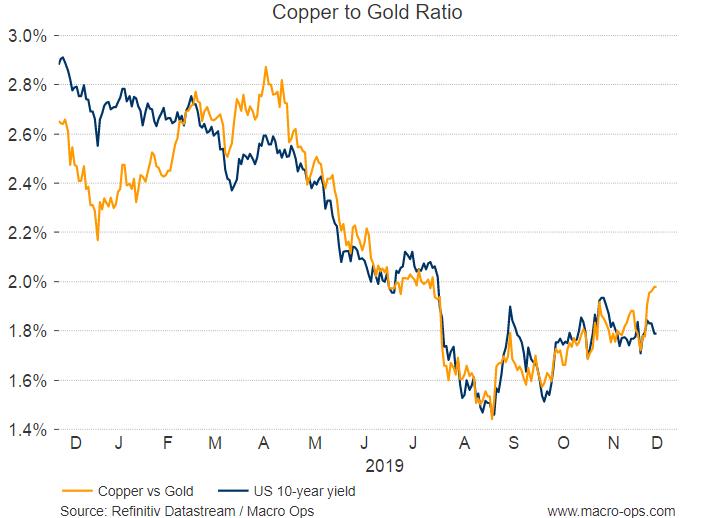Alex here with your latest Friday Macro Musings…
As always, if you come across something cool during the week, shoot an email to alex@macro-ops.com and we’ll share it with the group.
Latest Articles/Podcasts/Videos —
Your Monday Dirty Dozen [CHART PACK] — I look at the near-term technical picture for the SPX and then we analyze the valuation hurdle coming for the US market, followed by a look at multiples around the world and then we make the bull case for Europe. Plus more…
Market Gaggle with Vol Trader Darrin John — This is a must-watch. Darrin is one of the smartest traders I know. And in this episode of the Market Gaggle, he and Chris talk edges: what they are, why they’re important, and how to exploit them, plus a lot more. Do yourself a favor and watch or listen to this episode all the way through.
How To Take Advantage of Tax-Loss Selling — Brandon talks about tax-loss selling and how to take advantage of it.
Articles I’m reading —
Freightwaves did a Q&A with Robert Bugbee, the president of Scorpio Tankers (STNG) — one of our larger positions.
They talk about the current pricing environment, the supply and demand picture going into next year (it’s tight), and the changes to the industry’s old financing structure as well as the new regulatory environment and how that will impact the market in the years ahead. Here’s a clip of them discussing a few of these major changes.
[Interviewer] The thing that really seems to be getting investors’ attention is the constraint on new vessel supply, which could potentially lock in higher returns for a multiyear period. We’ve got the pullback in traditional European commercial bank finance due to the new rules under Basel protocols. At the same time, we’ve got total confusion about what new building design will meet future carbon-emissions rules. This uncertainty is leading to fears of premature obsolescence among both owners and their lenders. How unique do you believe this situation is?
[Bugbee] “This is really unique. One thing you can guarantee about engineers is they dream about the ships they can build. Normally, I sit in front of our engineering department and ask, ‘If you were to build a ship, what would you build?’ If I ask that question today, they don’t have an answer.
“With lenders, this becomes really serious because lending in shipping is partly predicated on what the residual value will be. If you’re lending eight- or 10- or 12-year money, you have to have some conviction on what the asset is worth at the end of that period. If you don’t, you either have to lower the amount you’re willing to lend up front or shorten the tenor of the loan. Either way, it becomes harder and harder [to order new ships] because of what I’d call ‘environmental residual asset risk.’”
Here’s a link to the interview. And you can find my write-up of the bullish thesis on shipping from earlier in the year here “Shippers: The Most Bombed Out Sector of the Market”.
Jon Boorman (@JBoorman) has long been one of my favorite follows on the twitters. This week I re-read one of his older, yet still relevant write-ups on the wisdom he’s accrued up over the three decades he’s spent in markets (h/t @bblawrence8). The piece is aptly titled “Some Things I’ve Learned Over The Last 30 Years” (link here).
Charts I’m looking at—
I came across a number of great charts this week. First, check out this one from Bridgewater (h/t @TihoBrkan). It shows the rough estimates of the relative strength of the major global empires over the previous 500+ years. It’s from an article Dalio wrote on China back in January (link here).
The index assesses each empire across six measures (1) innovation & competitiveness (2) domestic output (3) share of world trade (4) financial-center size and power (5) military strength, and (6) reserve-currency status (click charts to enlarge).
I’m not as bullish on China’s long-term prospects as Dalio. I’ve laid out why here (link here) and in a few other pieces over the years. But it all really comes down to debt, demographics, and a fragile political system. When you add these up, you find the odds are quite high that China will fall into the middle-income trap and suffer all the negative consequences that come with doing so.
In a similar vein, here’s a graph showing the important relationship between trust and economic performance. It’s from Beinhocker’s excellent book The Origin of Wealth (h/t @MarceloPLima). Note how poorly the ex-communist societies fair (marked by italics).
Finally, here’s an interesting chart from Fundstrat showing the prime leveraging years of each generation. Millennials don’t reach peak credit consumption for another 5-years. That’s not a bearish data point.
Video I’m watching —
In today’s hyper-financialized world it’s critical to understand Hyman Minsky’s ideas around financial fragility and “Ponzi Finance”.
Here’s a short 15-minute video where the man himself explains these concepts in his own words (link here). If you’d like to learn more about him and his ideas then I highly recommend picking up “Why Minsky Matters” by Randall Wray. I consider it mandatory reading if you want to learn how the banking system and money creation actually work.
Podcast I’m listening to —
Scott Adams, creator of the iconic cartoon Dilbert, recently published a new book titled “Loserthink: How Untrained Brains are Ruining America” and has been hitting the podcast circuit to promote it. He was recently on Farnam’s Street “The Knowledge Project”. He and Shane talk about a whole host of things that can be applied to trading and markets.
My favorite bit is when Scott talks about how we tend to back in a narrative to explain the outcomes of complex systems. Post-facto, everybody is an expert with a reasonable-sounding explanation. Unfortunately, these explanations have little value in explaining what actually happened and why. Here’s a clip from the discussion.
“People who are writing non-fiction believe they’re telling you what is objectively true in the world, but we don’t have that capability. We all have this illusion that the version of the world we’re seeing is the one, and that if anybody’s got a different version, they must be wrong. It’s sort of the most common illusion that we all have.”
Book I’m reading —
This week I’ve been reading a fantastic little book titled The Path of Least Resistance – Learning to become the creative force in your own life by Robert Fritz. I want to say I picked it up after hearing Patrick O’Shaughnessy call it one of the best books he read this year. If so, thanks, Patrick!
The book is about exactly what the title says it is. Creativity and how to structure your life and your thinking in ways that foster more of it. I’m about 200 pages in (it’s just under 300 pages long) and have read enough to highly recommend it myself. Here’s a cut from the book.
“You are like a river. You go through life taking the path of least resistance. We all do—all human beings and all of nature. It is important to know that. You may try to change the direction of your own flow in certain areas of your life—your eating habits, the way you work, the way you relate to others, the way you treat yourself, the attitudes you have about life. And you may even succeed for a time. But eventually, you will find you return to your original behavior and attitudes. This is because your life is determined, insofar as it is a law of nature for you to take the path of least resistance.”
Trade I’m looking at —
Copper broke out this week of a large triangle pattern no doubt helped along by the recent record short positioning from hedge funds.
This chart from Renaissance Macro shows that tightening inventories are one of the tailwinds driving the metal with a Ph.D higher.
I’m not interested in playing copper directly but rather in what it implies for other assets. For instance, take the copper vs. gold ratio and the 10yr yield chart below. Copper-gold has a strong leading relationship to bond yields. Well, the recent relative outperformance of copper is suggesting that yields may be headed higher.
Also, I’ve been pointing out the interesting technical case for the beaten-down Chile ETF (ECH) which is trading near-decade lows. Chile is the largest copper producer in the world. So it’s not much of a stretch to think that they’ll benefit should this rise in copper prices gain some legs…
Quote I’m pondering —
Why major events ALWAYS surprise “experts”.
Chess masters first attack minor weakness HERE — forcing the opponent to defend — creating fatal weakness over THERE!
The same is true in the world. Pressures build somewhere, global systems contort to “defend”, creating breaking point somewhere over ELSE. ~ Adam Robinson
That’s it for this week’s macro musings.
If you’re not already, be sure to follow me on Twitter: @MacroOps. I post my mindless drivel there daily.
Have a great weekend.


